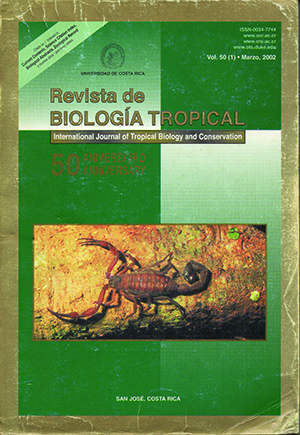Abstract
Pollinarium removal and pollinium insertion of seven Oxypetalum species (O. alpinum var. alpinum, O. appendiculatum, O. banksii subsp. banksii, O. jacobinae, O. mexiae, O. pachyglossum and O. subriparium) were recorded in Viçosa, Minas Gerais. They presented a tendency of one or two pollinarium removals and one pollinium insertion (single insertion), except O. appendiculatum. In this species, mainly, two pollinia of the same pollinarium were inserted per stigmatic chamber (double insertion), resulting exceptionally in 6-10 inserted pollinia in a flower, an unusual occurrence among the Asclepiadaceae. No association between removal and insertion was found, e.g., O. subriparium and O. banksii subsp. banksii had the highest pollinarium removal (1.78 and 1.45, respectively) and one of the lowest pollinium insertions (0.02 in both species), per flower. Oxypetalum mexiae showed the lowest pollinarium removal and pollinium insertion per flower (0.09 and 0.01, respectively) among the studied species and other Asclepiadaceae. Oxypetalum subriparium, O. banksii subsp. banksii and O. mexiae might be having reproductive limitations. Pollinarium removal and pollinium insertion per flower of the studied species varied from site to site, similarly to what was recorded for other AsclepiadaceaeComments

This work is licensed under a Creative Commons Attribution 4.0 International License.
Copyright (c) 2002 Revista de Biología Tropical
Downloads
Download data is not yet available.


